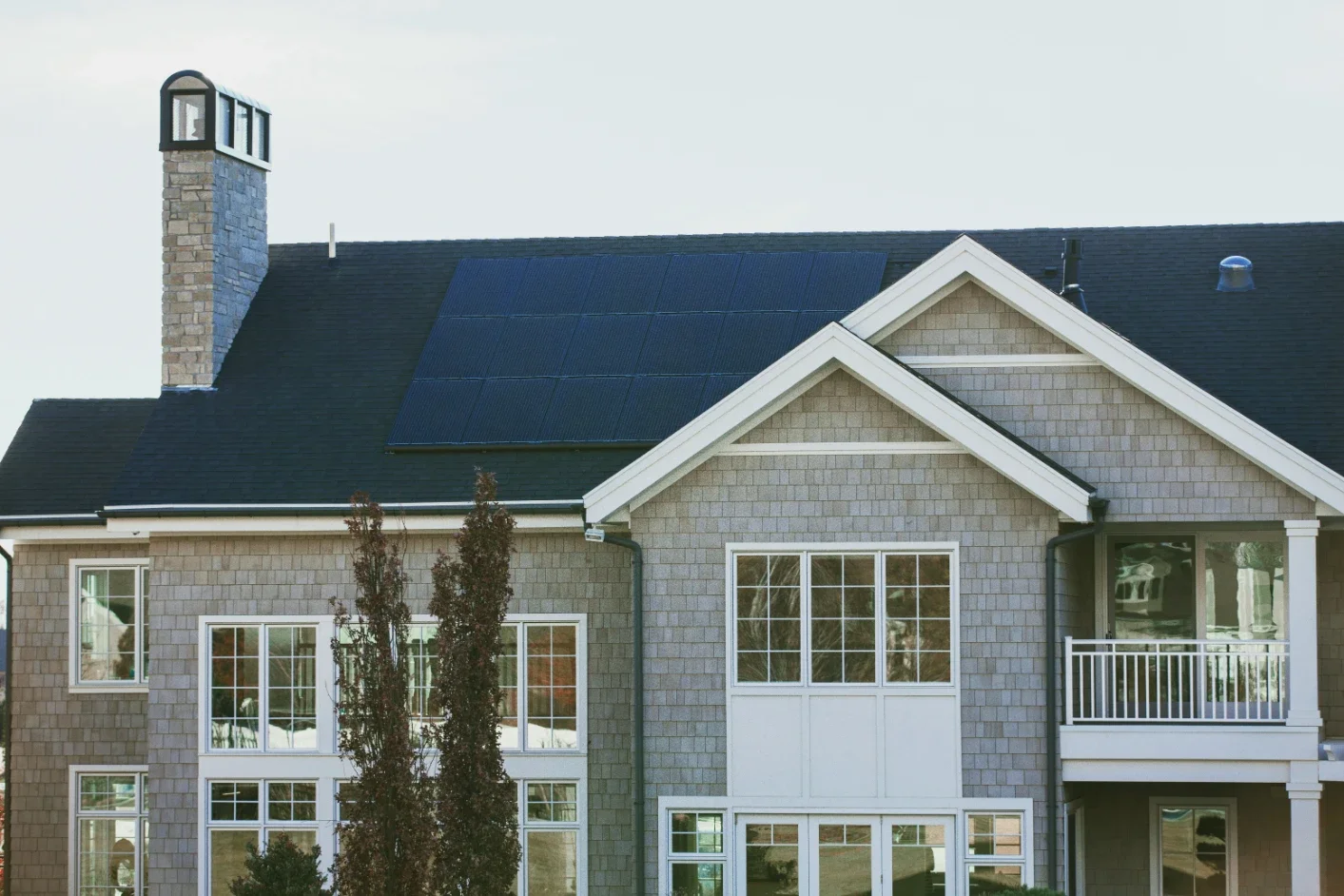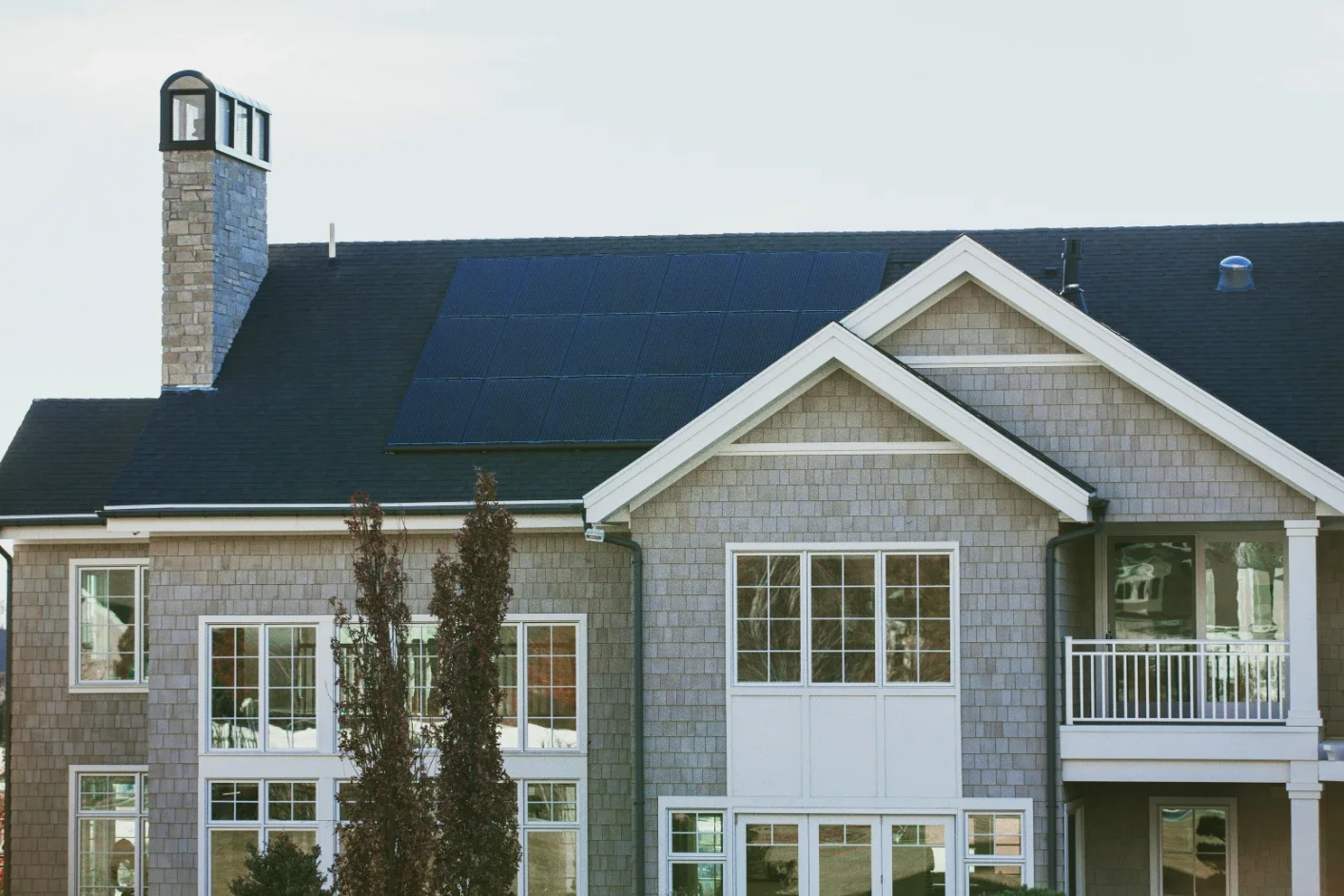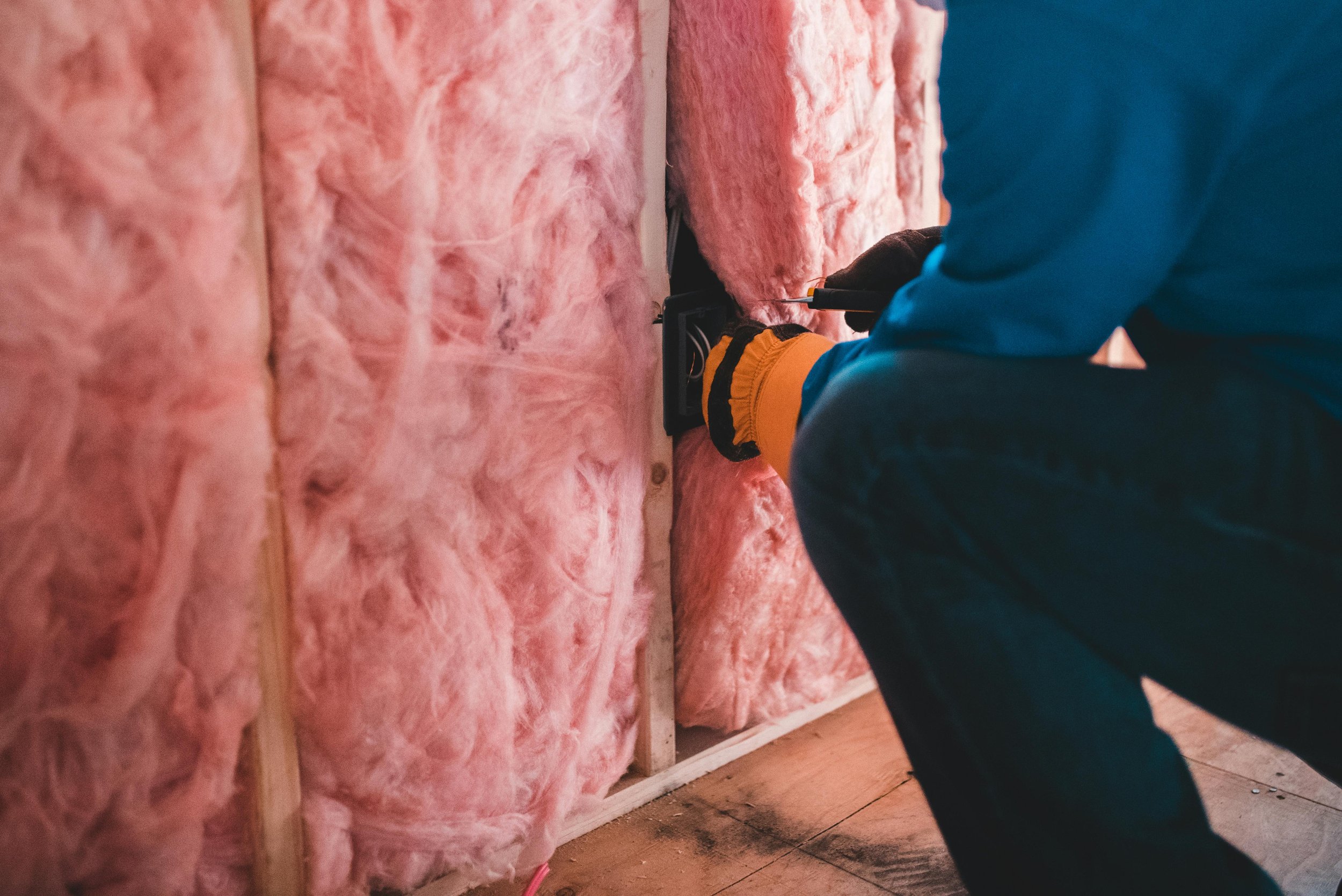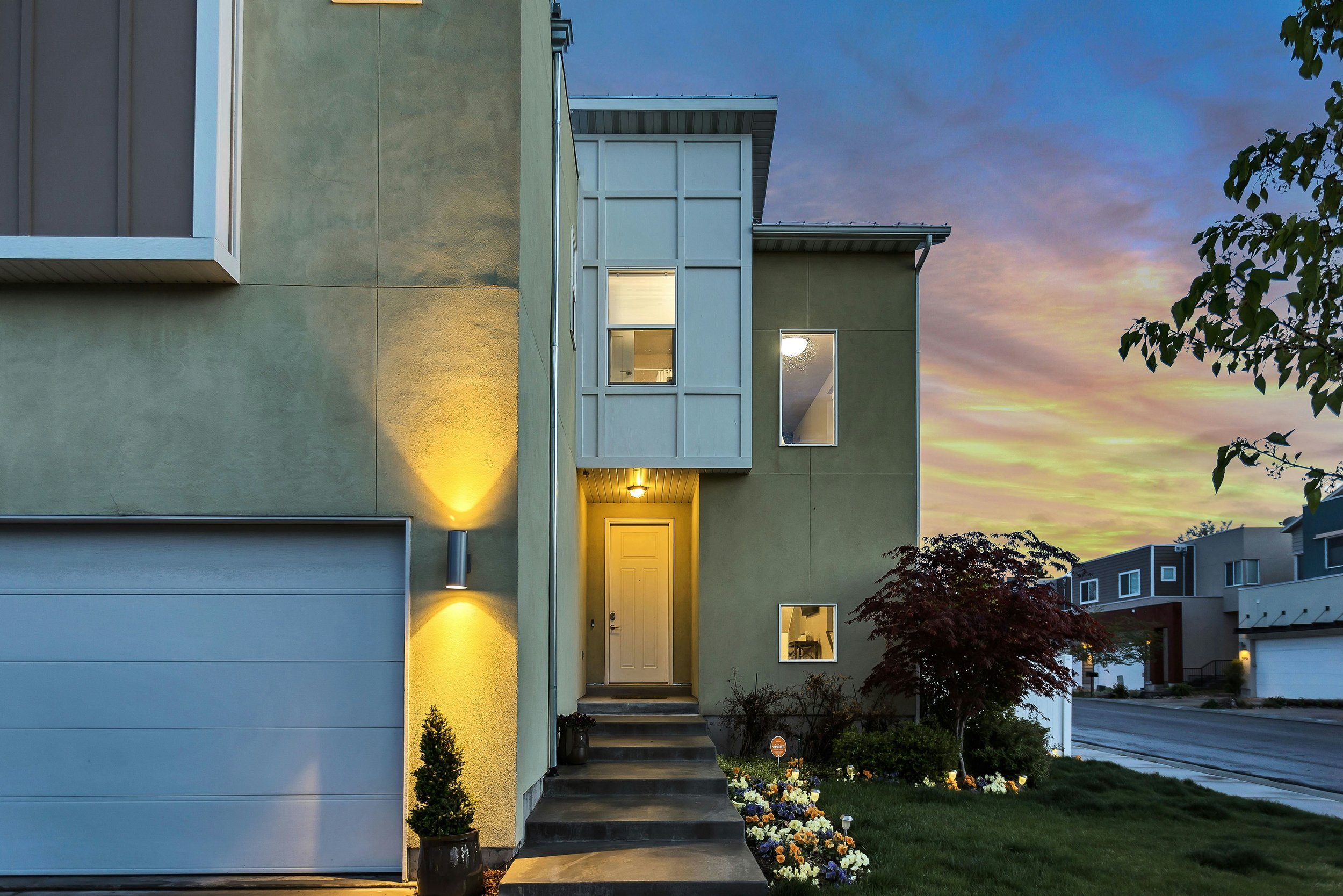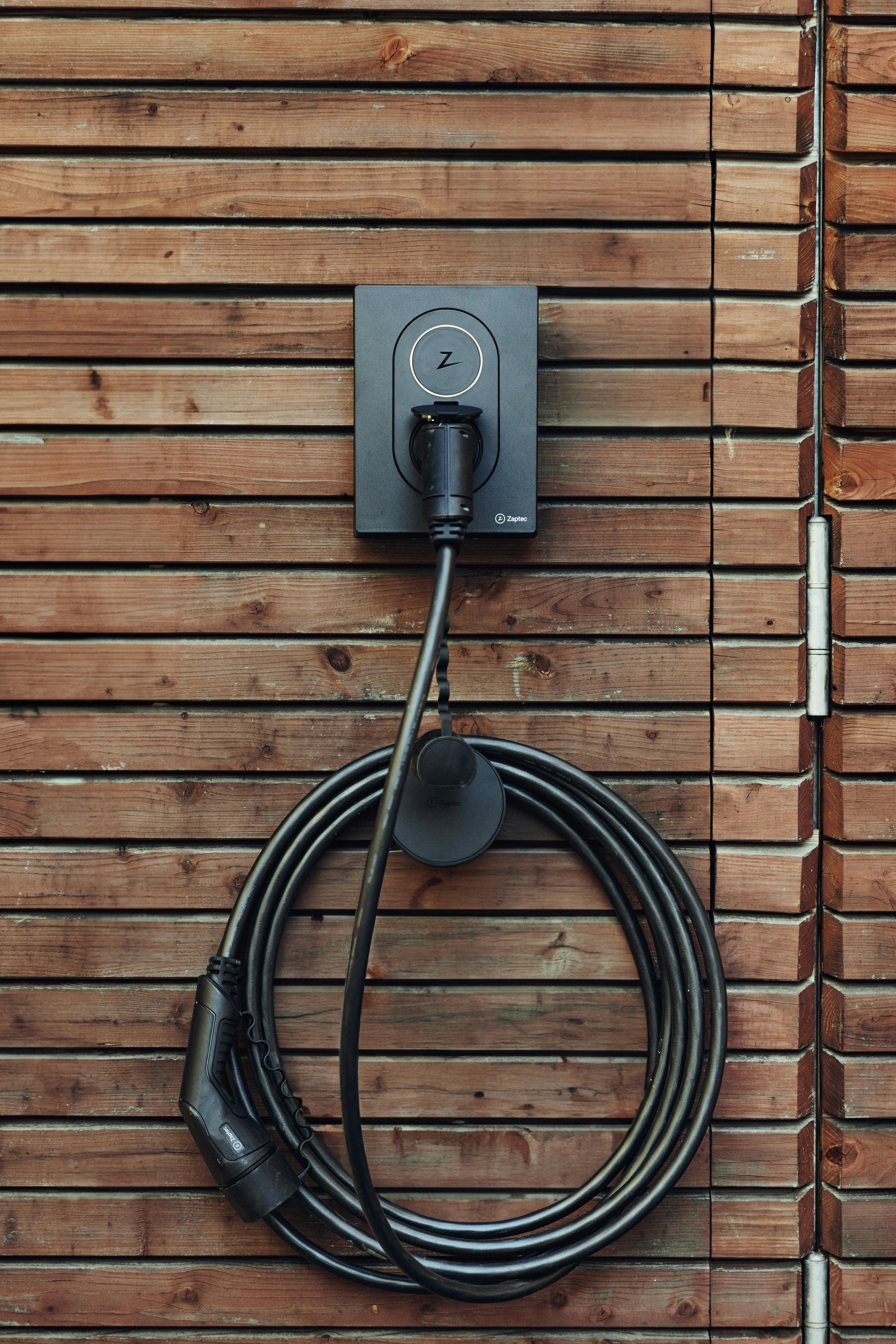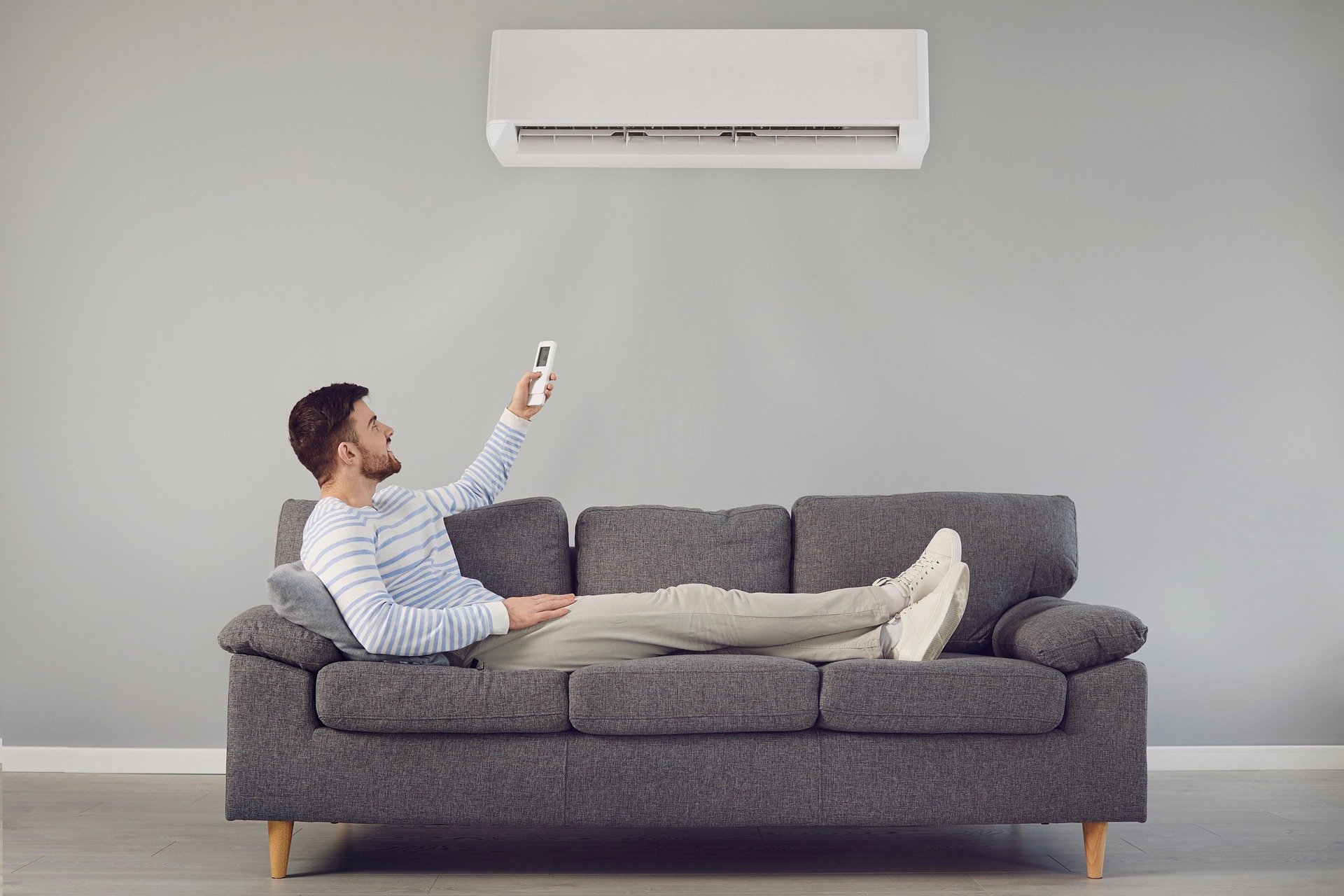A Complete Overview of Modern Home Energy Upgrades
Explore key modern home energy upgrades that boost efficiency, lower utility costs, and create a more sustainable and comfortable living space.
Rising energy costs and growing environmental awareness have motivated homeowners to rethink how their properties consume power. Modern home energy upgrades offer both immediate and long-term benefits, improving comfort, efficiency, and sustainability. From smart thermostats to renewable energy integration, these improvements transform ordinary homes into efficient living spaces that conserve resources while reducing expenses. Understanding which upgrades deliver the greatest return helps homeowners make informed choices that benefit both the household and the planet.
Understanding the Importance of Energy Efficiency
Energy efficiency is no longer just a trend; it’s a necessity. Modern technology enables homeowners to manage energy use more effectively, lowering costs while reducing environmental impact. An efficient home uses less power to achieve the same level of comfort, which conserves natural resources and increases property value.
The most energy-efficient homes are designed to minimize waste. Proper insulation, advanced windows, and energy-smart appliances all contribute to reduced consumption. The goal is to create a system where every component, lighting, heating, cooling, and water usage, works together harmoniously. Homeowners who focus on these principles enjoy better indoor air quality, lower monthly bills, and increased long-term savings.
Partnering With Experts for Lasting Improvements
Navigating the world of energy upgrades can feel overwhelming without proper guidance. Working with experts ensures that each improvement aligns with the home’s specific structure and energy profile. For example, a company with Over 25 Years of Experience can analyze current systems, identify inefficiencies, and recommend tailored solutions that deliver measurable results. Their expertise helps homeowners avoid costly mistakes and prioritize upgrades that offer the greatest impact.
Professional assessments often include comprehensive energy audits, where technicians use advanced tools to detect leaks, insulation gaps, and outdated systems. These evaluations reveal areas of waste that might otherwise go unnoticed. Experienced professionals can then suggest cost-effective upgrades, ensuring each investment contributes to long-term sustainability.
Smart Home Technology and Automation
Technology plays a central role in modern energy upgrades. Smart home systems give homeowners real-time control over how power is used. Devices such as programmable thermostats, motion-sensing lights, and remote-controlled outlets optimize energy consumption throughout the day.
Smart thermostats, for instance, adjust heating and cooling automatically based on occupancy and time of day. Studies show that households using these devices save an average of 10–15 percent on energy costs annually. Home automation platforms allow users to monitor electricity use from their smartphones, helping identify waste and fine-tune performance. These innovations transform energy management from a routine task into an effortless, data-driven process.
Upgrading Insulation and Windows
Proper insulation remains one of the most effective ways to reduce energy loss. Heat naturally moves toward cooler areas, and without sufficient insulation, homes lose warmth in winter and gain unwanted heat in summer. Upgrading attic, wall, and floor insulation significantly lowers heating and cooling demands.
Windows play a major role in maintaining comfort and efficiency. Replacing single-pane windows with double or triple-pane options helps regulate temperature while reducing outside noise. Energy-efficient windows use advanced coatings that reflect heat while allowing light to pass through, improving both efficiency and aesthetics. When paired with quality insulation, these upgrades create a consistent indoor climate and cut energy bills substantially.
Transitioning to Renewable Energy Sources
Renewable energy has become increasingly accessible for homeowners. Solar panels, small-scale wind turbines, and geothermal systems provide sustainable power while reducing dependence on fossil fuels. Installing solar panels, for example, allows homeowners to generate their own electricity and even sell excess energy back to the grid through net metering programs.
Geothermal systems use stable underground temperatures to regulate indoor climates efficiently. Though initial installation costs may be higher, long-term savings and environmental benefits make renewable energy a worthwhile investment. Many governments offer tax credits and incentives to offset installation expenses, encouraging homeowners to make the switch.
Improving HVAC Systems for Maximum Efficiency
Heating, ventilation, and air conditioning (HVAC) systems account for a large portion of home energy use. Upgrading to energy-efficient units reduces consumption while maintaining comfort. Modern HVAC systems include variable-speed motors, improved filtration, and advanced control panels that optimize performance.
Regular maintenance plays a critical role. Dirty filters, blocked vents, and leaking ducts cause unnecessary strain and energy loss. Scheduling professional inspections twice a year ensures that the system operates efficiently. When combined with smart thermostats, high-efficiency HVAC systems create an ideal balance between performance and conservation.
Lighting Upgrades That Make an Impact
Lighting may seem like a small aspect of home energy use, but switching to LED technology delivers significant savings. LEDs use up to 80 percent less energy than traditional bulbs and last up to 25 times longer. Beyond cost savings, LED lighting offers versatility in color temperature and brightness, creating the perfect atmosphere for every room.
Incorporating motion sensors and timers prevents lights from staying on unnecessarily. Outdoor solar-powered lights are another effective option for illuminating pathways and gardens without drawing from the home’s electrical system. Together, these upgrades contribute to a noticeable reduction in electricity use while enhancing visual appeal.
Homeowners who embrace these changes create spaces that are both comfortable and responsible. Whether it’s installing smart systems, upgrading insulation, or integrating solar power, every step moves closer to a future defined by efficiency and sustainability. By combining expert guidance, innovative technology, and strategic investment, households can enjoy modern living that benefits both their wallets and the world around them.
